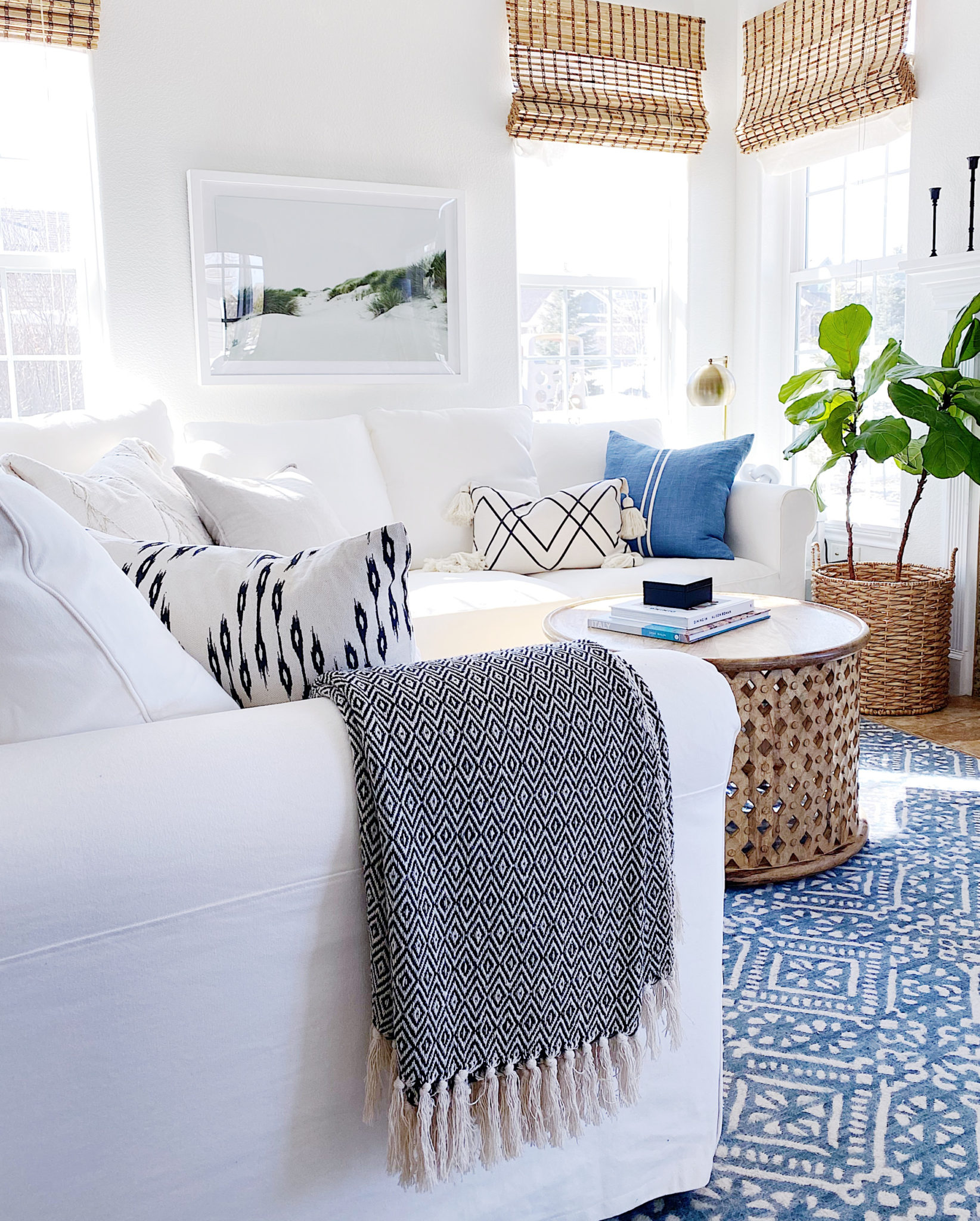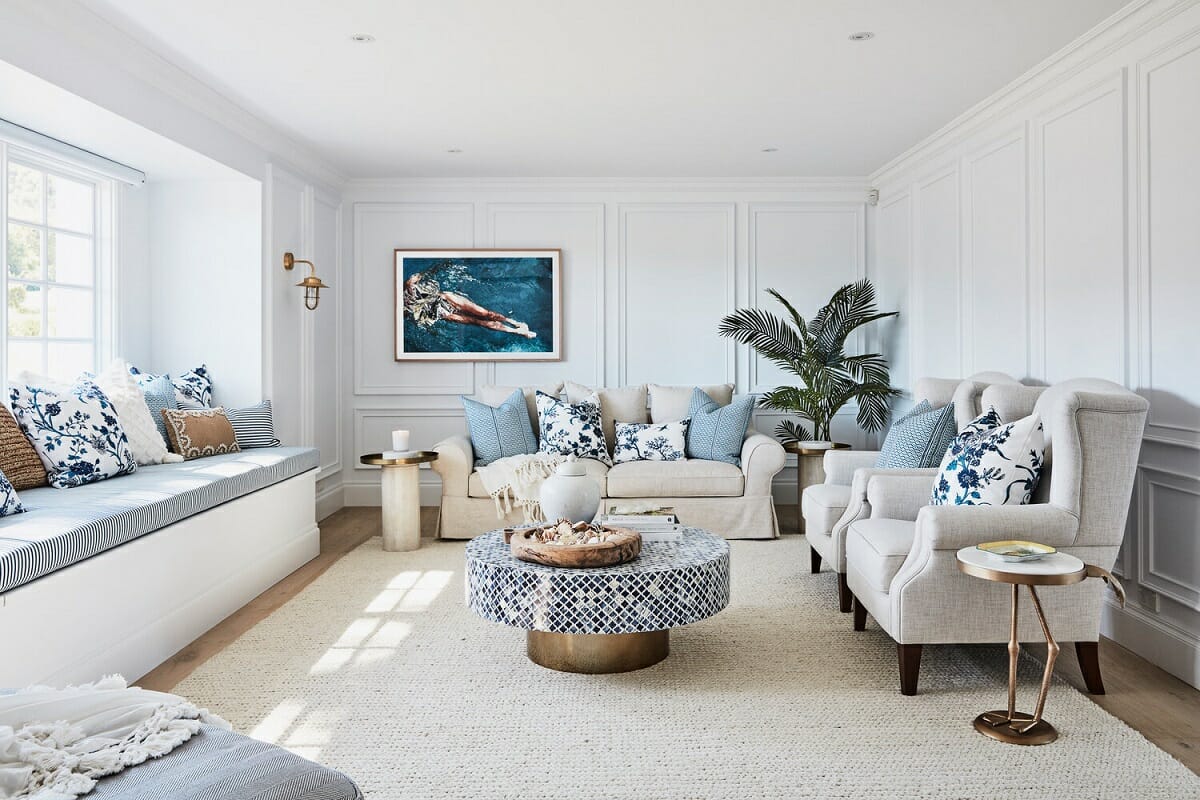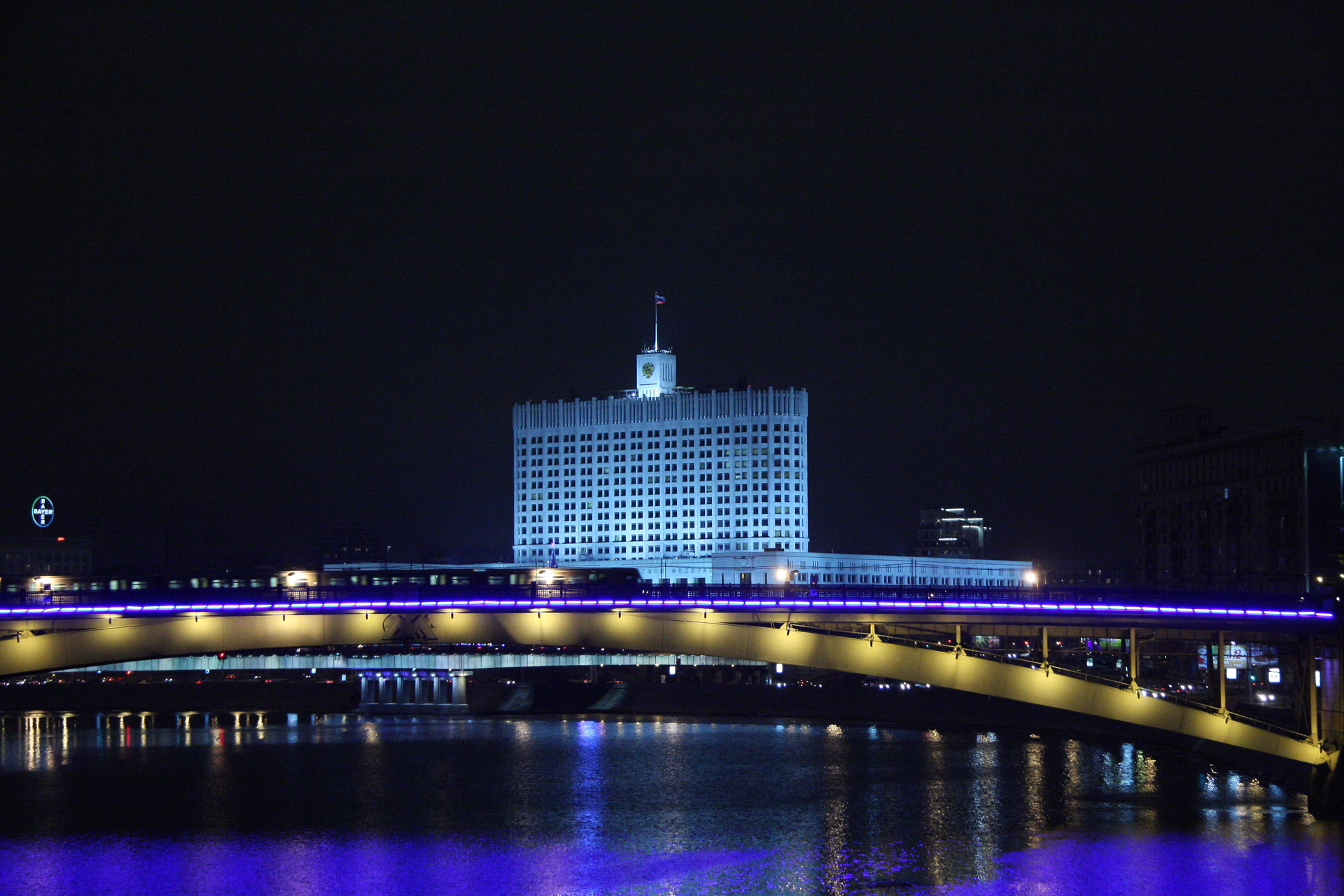Table Of Content

The most straightforward description of coastal style decorating is that it’s decor style inspired by – of course – the coast, meaning the ocean and shoreline. A coastal-inspired home is filled with oceanic colours such as blue and green and beachy hues like beige and warm grey. Decorilla emerged in 2010 when a group of passionate interior designers envisioned a platform to connect clients with top-notch design expertise. Since its inception, Decorilla has collaborated with thousands of professional designers who have transformed countless homes and commercial spaces worldwide. Every day, Decorilla’s designers craft bespoke interiors, allowing clients to experience spaces that resonate with their personal style and aspirations, fostering genuine connections with the world of design.
Take an easy living approach to coastal decorating
One of the most popular interior design styles is coastal design, which is touted as very soothing and relaxing. Carefree and casual, a coastal interior is a simple way to lighten the mood around your home. An easy-to-follow concept that blends with countless styles, coastal design can delight anyone, and pulling off the look is almost as stress-free as the atmosphere it creates. Get started on your laidback indoor paradise with these 12 coastal interior design ideas. In the living room, start by selecting a color palette that reflects the natural hues of the coast. Incorporate natural textures like jute, rattan, and wicker to add depth and interest to the space.
Introduce warm accents
Quin’s NorCal coastal interiors are designed for intentional living and to give their occupants inspiring spaces that support their well-being. The sure-fire way to immediately turn your space into a coastal design haven is to use the classic blue and white stripe pattern on your upholstery and soft furnishings. The colors resemble the serene shades of blue and white that are predominantly seen at various beach houses worldwide.
Key Elements of Coastal Interior Design

Prior to launching her interior design business in the early ’90s, Kathryn was an actress, clothing designer, and filmmaker. Today she is considered one of the most influential interior and textile designers in the world. Banks Design Group lives, breathes, and experiences the resort lifestyle at work and play. Resort hospitality is their specialty, and they love watching people gather, connect, and linger in the spaces they’ve have crafted, while using the spaces precisely as we imagined they would when we designed them.
Coastal style gets a refresh and the good news is, it's still light, bright and breezy - Homes & Gardens
Coastal style gets a refresh and the good news is, it's still light, bright and breezy.
Posted: Thu, 29 Jun 2023 07:00:00 GMT [source]
Natural Textures
The textures used in the design are also inspired by the natural elements found on the coast, such as driftwood, seashells, and sea glass. Studio IDC is a second-generation family-owned interior design firm focusing on high-end residential and hospitality projects in South Florida and the Caribbean. The firm’s designs draw inspiration from the coastal backdrops and cultural influences of their project’s locales, creating spaces that feel connected to their natural environment. Everything from the materials to the color palette is carefully curated to fit the client's lifestyle and evoke a sense of laid-back luxury and warm, welcoming modernity.
His innovative and refreshing approach makes him one of the most sought-after interior designers in the industry, and his ability to visualize and interpret the needs of a diverse range of clients is unmatched. Amy Hirsch Interior DesignSince founding her eponymous firm in 2006, Greenwich, Connecticut, native Amy Aidinis Hirsch has been creating one-of-a-kind homes for the most discerning clientele. Florida native Jackie Armour founded JMA Interior Design 25 years ago, and since then, she and her team have designed everything from luxury homes to country clubs to private jets. The Jupiter, Florida–based firm works on projects across the country and seeks to turn their clients’ ideas into timeless, uplifting, and fun designs. Armour and her team are known for their adventurous use of color and pattern, sense of creativity, and thoughtful attention to architectural details.
Downtown L.A. is hurting. Frank Gehry thinks arts can lead a revival
Choose a table and chairs that are light in color and material, like a whitewashed wood or bamboo set. Consider adding a statement light fixture, like a chandelier or pendant, to add visual interest to the space. Coastal spaces—modern or otherwise—tend to be airy and light-filled, and open-concept floor plans naturally lend themselves to this look. “I think any open-concept space complements the aesthetic of modern coastal décor beautifully, and it is in keeping with that light and airy look,” Schuster says. Ropes abound in classic coastal design, and while they’re not necessarily off-limits in modern coastal design, you may want to balance them out with some of your more contemporary pieces.
Organic shapes and materials
The keyword for Coastal interior design is minimalism because “less is more” when creating the style. Instead, keep decor to the bare minimum, and leave lots of open spaces in the house. The coastal interior design can be described by the phrase “minimalistic elegance,” as it is characterized by open spaces for an uncluttered and breezy feel. However, coastal interior design was made popular by the luxury beach homes of the Hamptons, located in New York’s Long Island’s South Fork. The first rule of a thriving coastal interpretation is to keep your aesthetics light and airy.
There’s also tropical, which is much bolder and more colourful than coastal. Then there’s Mediterranean – not the same thing as coastal, but definitely shares similarities. If you are tired of carpets bundling up where they shouldn’t or are looking for a quick coastal interior design style update, its time to let the rug go. Removing the rug to expose a beautifully warm wood floor or cool concrete cover could instantly make your home feel more coastal than it did before. Not all modern designs need to focus on minimalism and the use of neutral colors however.
The coastal look has gradually merged with more modern and central principles to become less literal and imbibe the values of the homeowner and the location of the home. Although the base values have remained the same, there are visually striking changes as the design is incorporated in different country areas. You can observe darker wood stains in north-eastern homes, whereas the southern getaways have a very light shade of wood to combat the humidity and salinity in the air. As a founder of iii studio, Brinda has designed and executed over 100+ projects with a special focus on luxurious residential designing. Invite them in with thin, wispy window curtains rather than heavy drapes that would block out the sun and wind. Air should effortlessly pass through, with your curtains flowing over the incoming breeze to give it structure and sound for a wondrous sensory experience.
There are lots of ways to incorporate this enduring combination into your home. When selecting paint shades, consider the orientation, of the room, suggests Simon Temprell, interior design manager at Neptune. ‘Blue and white has been a classic color combination forever as it is clean, crisp, and uplifting, especially in south-facing rooms. In a north-facing room, you might need to use a warmer white to offset the chill,’ he explains.
Another option is to whitewash your furniture or paint it a solid ocean-y colour like seafoam green or turquoise blue. Avoid the mass-produced photos of seashells in the sand or a generic ocean scene and create something truly unique by making DIY artwork. You don’t have to be super-talented to be able to successfully wield some blue paint and a paintbrush.
The light woods in Scandinavian coastal design resemble driftwood in color and texture, which give this variant a truly exceptional look and feel. Try the Scandinavian take on coastal interior design by sticking to a muted color scheme with large coastal elements. Well-known beachy décor patterns and motifs like fish, shells and anchors are too blunt for a contemporary beach interior design. Statement shells or dried coral is also much more beautiful than a print or pattern. Plus, the natural elements will add a much needed textural touch to the modern coastal design.

No comments:
Post a Comment